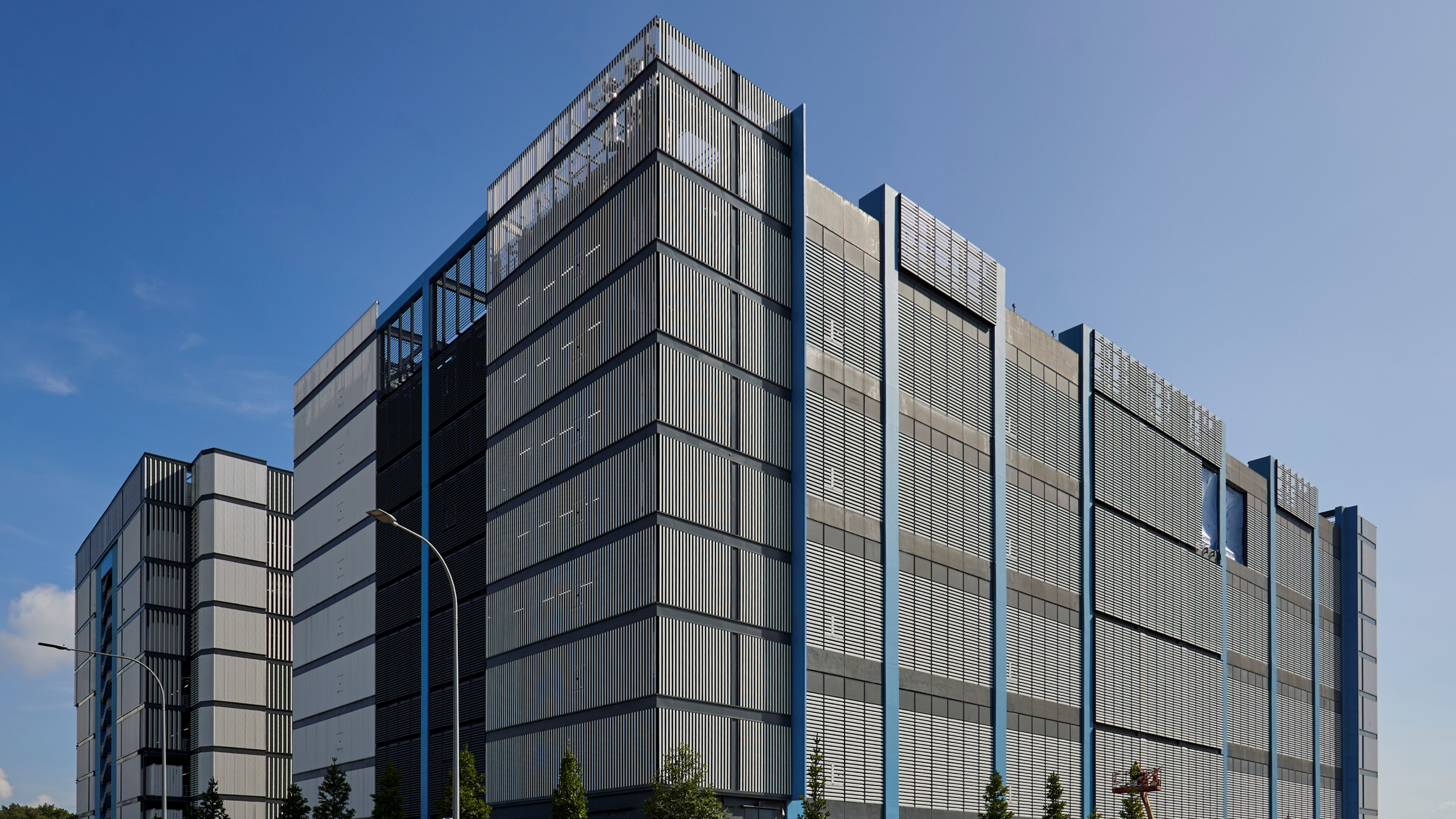Some have made false, misleading claims about Invitation Homes’ business and practices, but here are the facts. We are proud of Invitation Homes and the positive impact it has had on local communities. The $10 billion we invested to acquire and renovate these homes, which represents an average upfront renovation investment of $25,000 per house (many of which were sitting vacant or in disrepair), stabilized local housing markets, spurred economic growth and created jobs in communities in the wake of the financial crisis.
Invitation Homes represents a very small part of the overall housing market (0.1 percent), but it is playing a positive role in addressing the broader undersupply of housing in the communities it serves (in nearly all of which it’s more expensive to buy a home than rent). The company’s high-quality homes in neighborhoods with good schools and good jobs provide greater housing options for many families who either need or want to rent.
Myth: Blackstone caused the 2008 foreclosure crisis and subsequently “profited” from those actions by purchasing single-family homes.
Fact: Blackstone did not own any single-family homes before the crisis and didn’t foreclose on any of the properties Invitation Homes purchased. The company began purchasing homes in 2012 – many of which were sitting vacant or in disrepair, dragging down property values for surrounding homes since the financial crisis.
Myth: Invitation Homes is a large, dominant part of the housing market.
Fact: Invitation Homes is a tiny part of the housing market. Invitation Homes represents only 0.1 percent of the nearly 93 million single-family homes in the United States and just 0.5 percent of the nearly 16 million single-family homes for rent in the United States.
Myth: Invitation Homes is driving up rents.
Fact: Invitation Homes has virtually no ability to impact broader rent trends in its communities. Invitation Homes is a tiny part of the market and operates in some of the most competitive housing markets in the country, and it must follow market prices or no one would rent from them. Indeed, Invitation Homes charges rents in line with the broader market – otherwise it wouldn’t have such high levels of occupancy (96%).
Myth: Invitation Homes is crowding out first-time homebuyers.
Fact: The properties Invitation Homes bought required substantial rehabilitation and capital expenditure. This is not the same market as that for first-time home buyers, who typically do not want to take on a home that requires such significant repairs. What’s more, the notion that a company that represents less than 0.1 percent of the single-family homes in America is having a significant impact on this market is not based in fact.
Myth: Evicting tenants is a critical part of Invitation Homes’ business model.
Fact: Eviction is always – always – a last resort. It is extremely disruptive and costly for all parties – most importantly, for Invitation Homes’ residents. If a resident falls behind, Invitation Homes associates work with them to find a solution keep them in their homes. Eviction is never a course the company wants to pursue.
Myth: Invitation Homes doesn’t provide high-quality homes or maintenance services.
Fact: Invitation Homes’ business depends on satisfied residents, so that will always be their primary focus. While even one resident issue is one too many, their high renewal rates and resident satisfaction scores demonstrate the vast majority of residents are having a positive experience. According to the most recent data, residents gave them an average satisfaction score of 4.5 out of 5. This is in great part because professional firms such as Invitation Homes can deliver much higher levels of customer service than the nearly 16 million other non-professional landlords – who generally cannot deploy the same level of resources, capital investment, technology, and maintenance teams. While Invitation Homes is a small part of the market, it has raised the bar for this industry overall, and created a new and extremely beneficial housing option that did not previously exist.

Behind the Deal: AirTrunk, Data Centers and Blackstone’s Digital Infrastructure Strategy
January 15, 2025




